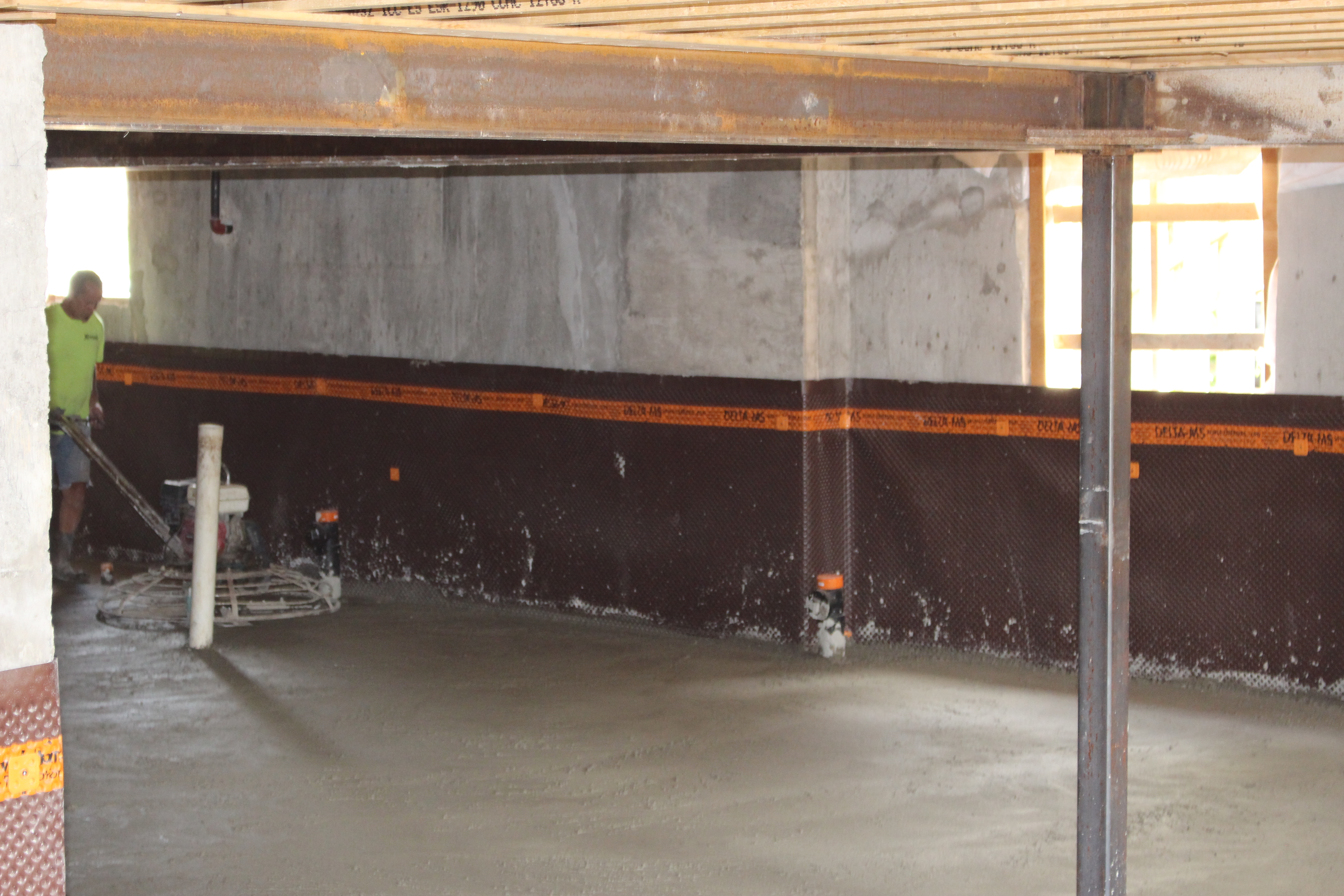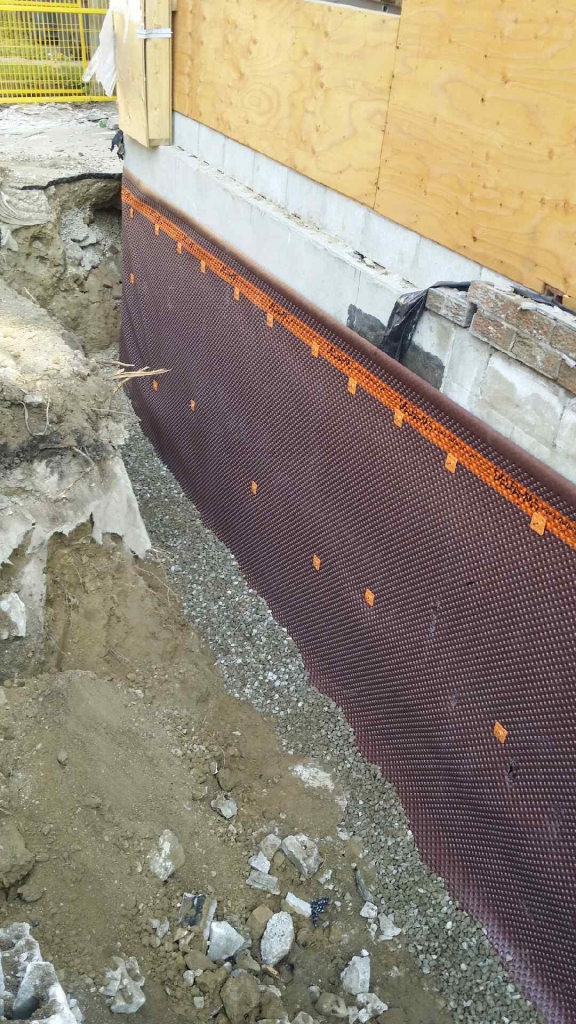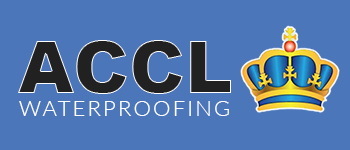11 Feb The Ultimate Guide to Waterproofing: Protecting Your Home from Water Damage
Protecting Your Home from Water Damage
Water damage can be one of the most costly and frustrating issues a homeowner can face. Whether it’s a flooded basement, mold growth, or structural damage, water infiltration can compromise the integrity of your home and lead to expensive repairs. That’s why waterproofing is an essential investment for any property. This guide will explore the importance of waterproofing, common problem areas, and the best solutions to keep your home dry and protected.
Why Waterproofing Matters
Waterproofing is the process of preventing water from entering your home, particularly in vulnerable areas such as basements, foundations, and roofs. Proper waterproofing provides several benefits, including:
- Preventing Structural Damage: Excess moisture can weaken the foundation, walls, and floors, leading to costly repairs.
- Mold and Mildew Prevention: Damp conditions create the perfect breeding ground for mold, which can pose serious health risks.
- Improved Indoor Air Quality: By keeping moisture out, waterproofing helps maintain a healthy living environment.
- Increased Property Value: A waterproofed home is more attractive to buyers and can fetch a higher price on the market.
Common Waterproofing Problem Areas
Understanding where water is likely to enter your home is the first step to effective waterproofing. Here are some common areas that require attention:
1. Basements and Crawl Spaces
Basements are prone to flooding due to their below-ground level. Water can seep through cracks in the foundation, around windows, or through hydrostatic pressure in the soil.
2. Roofs and Gutters
Leaks in the roof or clogged gutters can allow water to seep into your home, causing damage to ceilings and walls.
3. Exterior Walls and Siding
Cracks or gaps in exterior walls can allow rainwater to penetrate and cause damp spots inside your home.
4. Windows and Doors
Improper sealing around windows and doors can result in leaks, leading to water damage and drafts.
Best Waterproofing Solutions
Depending on the severity of the water issue, different waterproofing methods may be required. Here are some effective solutions:
1. Exterior Waterproofing
- Applying waterproof membranes or coatings to the outside of the foundation prevents water penetration.
- Installing a proper drainage system, such as French drains, directs water away from your home.
- Ensuring gutters and downspouts are clear and functioning properly.
2. Interior Waterproofing
- Using waterproof sealants to fill foundation cracks and joints.
- Installing a sump pump to remove excess water from basements.
- Using dehumidifiers to maintain optimal indoor humidity levels.
3. Roof and Gutter Maintenance
- Regularly inspecting and repairing roof shingles to prevent leaks.
- Cleaning gutters and downspouts to ensure proper water flow.
4. Window and Door Sealing
- Applying weather stripping and caulk around windows and doors to prevent water intrusion.
- Using storm windows and doors for added protection.
Final Thoughts
Waterproofing is a crucial step in protecting your home from water damage and maintaining its structural integrity. By identifying vulnerable areas and implementing effective waterproofing solutions, you can prevent costly repairs and ensure a safe, dry living environment for years to come. If you suspect waterproofing issues in your home, consider consulting a professional to assess the situation and recommend the best course of action.
For expert waterproofing services, contact ACCL Waterproofing today and keep your home dry and protected!







No Comments